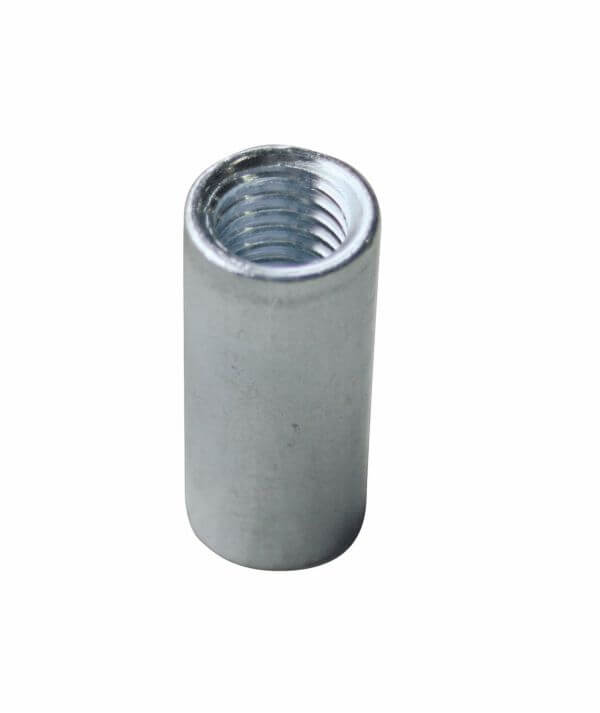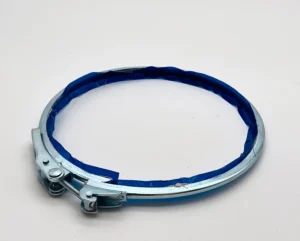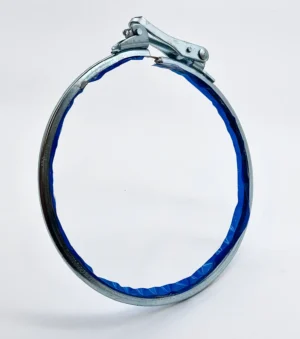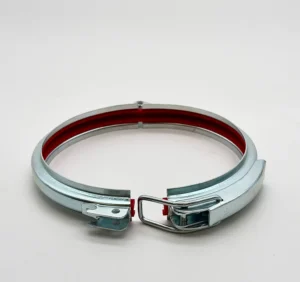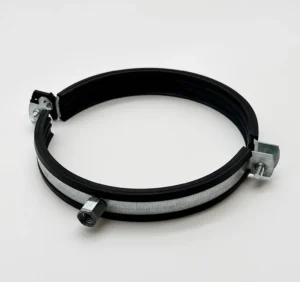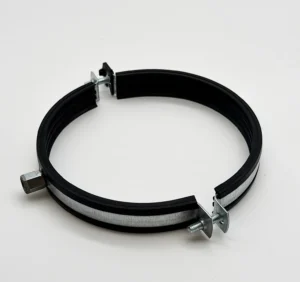In the realm of construction, plumbing, and various industrial applications, the threaded sleeves play a pivotal role in securing and strengthening connections. These small yet crucial components offer versatility, reliability, and ease of installation, making them indispensable in a wide range of projects. In this detailed guide, we explore the intricacies of these sleeves, their types, applications, and key considerations.
Understanding Threaded Sleeves:
Threaded sleeves, also known as coupling nuts or threaded inserts, are cylindrical metal components with internal threading designed to join two objects or components together. They provide a secure and durable connection by creating a threaded interface for screws, bolts, or studs. Those sleeves come in various materials, sizes, and configurations to accommodate different applications and requirements.
Types of Threaded Sleeves:
Straight Sleeves: These sleeves feature straight internal threading throughout the entire length, providing a uniform interface for fasteners.
Reducing Sleeves: Designed to connect objects with different thread sizes, reducing sleeves feature internal threading of varying diameters to accommodate different fastener sizes.
Flanged Sleeves: Flanged sleeves include a flange at one end, providing additional support and stability when installed.
Knurled Sleeves: Knurled sleeves feature a textured surface or knurled pattern, offering improved grip and torque resistance during installation.
Applications :
Threaded sleeves find applications in various industries and projects, including:
Construction: Strengthening structural connections and assemblies in buildings, bridges, and infrastructure projects.
Plumbing: Joining pipes and fittings in plumbing systems for leak-proof connections.
Automotive: Securing components and parts in vehicle manufacturing and repair.
Machinery: Fastening parts and components in machinery and equipment assemblies.
DIY Projects: Enhancing home improvement projects with secure and reliable connections.
Key Considerations :
Material: Consider the environmental conditions, load requirements, and corrosion resistance when selecting the material for threaded sleeves. Common materials include stainless steel, brass, and aluminum.
Size and Configuration: Ensure compatibility with the fasteners and components being joined by selecting these sleeves with appropriate sizes and configurations.
Installation Method: Evaluate the installation method and tools required for threaded sleeves, ensuring compatibility with the project requirements and available resources.
Load Capacity: Consider the load-bearing capacity and strength requirements of the these sleeves to ensure reliable performance in the intended application.
Conclusion:
Threaded sleeves are versatile and indispensable components in various industries and projects, providing secure and durable connections for a wide range of applications. Whether you’re constructing a building or plumbing a system, threaded sleeves offer a reliable solution for strengthening connections and enhancing project efficiency.
Explore our own sleeves and elevate your projects with secure and reliable connections.

